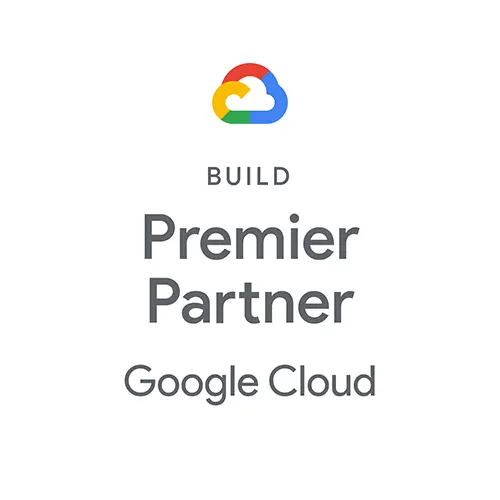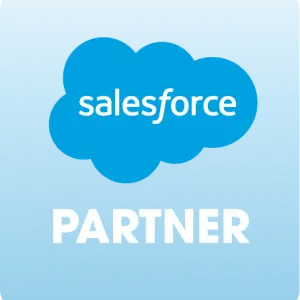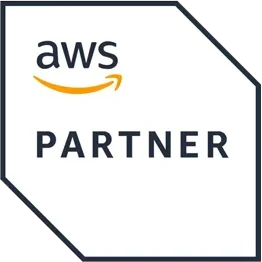Perpetual Licensing vs. Subscription Licensing
When considering perpetual license vs. subscription, there’s a clear winner: the subscription model.
If you’re still using a perpetual model, it’s time to consider making the switch to subscription licensing.
Here’s why.
Examining the Perpetual Licensing Model
The main difference between perpetual and subscription license is that with perpetual licensing, customers pay a one-time fee for software.
They’re purchasing the product, investing more upfront, and often paying an annual fee for maintenance, support, and updates—typically 20% of the original cost.
The Advantages of the Perpetual Model
For users
The perpetual approach gives users the security of owning the license. They can use it any way they want (with contractual restrictions) and for as long as they want, with no further expense unless they add maintenance, support, and updates.
In the long run, the perpetual model allows companies to save money, but there are downsides.
For vendors
The advantage for software vendors is that perpetual licensing involves a one-time transaction. After the sale, sales reps can focus on converting the next prospect.
You don’t need to maintain a customer relationship or continue innovating to encourage subscriptions. You can also count on this transaction to bring in immediate revenue.
The Disadvantages of the Perpetual Model
For users
Companies may be paying for more features than users need, and the software may quickly become outdated.
Additionally, there are restrictions on where (for example, on specific hardware) users can access the product, which can impact productivity.
For vendors
- Closing deals is more difficult because it requires buyers to make a significant initial investment. For enterprise software, this can come from a highly scrutinized capital expense budget.
- Enforcing access control can be challenging when the license is out of your hands. If a customer decides to return a product, they might still be able to continue using it.
- There are few opportunities to monetize the product, even with the addition of support fees, effectively freezing business growth.
- Releases need to bring very significant value to motivate customers to upgrade. It almost requires selling the product anew, while investing in new features without any promise of increased revenue to offset said investment.
Why Subscriptions Are Better Than The Perpetual Model
The Clear Winner in the
Perpetual License vs. Subscription Debate
Now is the time to move to a subscription model and leave perpetual licensing behind. A subscription approach expands your customer base and increases opportunities for customized upselling and long-term relationships.
With a subscription license, organizations pay a monthly or annual fee to use your software.
In the battle between perpetual license vs. subscription, the subscription licensing model delivers a constant value stream for you and your customer which will help your company grow and be more resilient during market turbulence.
Advantages of Subscription Model
For users
- Customers get regular updates, upgrades, and features and can add or remove features as their needs change, allowing them to create a tailored experience—enhancing their overall satisfaction.
- The lower upfront costs make this license more attractive to customers.
- Because subscription-based software often goes through operating expenses rather than capital expenses, it’s easier to win purchase approvals.
For vendors
A larger customer pool:
Subscription licensing opens the doors to more potential customers. Smaller and risk-averse companies are more likely to try a product with a smaller upfront investment that they can cancel after a set period.
Upselling opportunities:
You can start a customer off small and add features to the package over time, increasing revenue through upselling.
You’ll also have more visibility into what the customer uses and how, which can direct upsell efforts. This visibility will help your sales reps respond to customer needs, which will help build stronger relationships and happier customers—a must for the subscription model. You can also use customer feedback to direct future innovations in the product roadmap.
Continued growth:
Once you win over a customer, you’ll have them for life if you maintain strong relationships and provide continual enhancements.
While it may take longer to recognize as much revenue from a new subscription as you would from selling a perpetual license, that revenue will continue to grow in perpetuity. And so will your software company.
What Stops Companies From Evolving to Subscription Licensing
Why aren’t all software vendors immediately switching fully to a subscription licensing model? Because in many ways, this evolution changes a company’s DNA:
- Sales teams will have to re-focus efforts from hunting the big whale to fishing for smaller deals in a much bigger ocean.
- Legal teams need to shift their thinking to renewable contracts, SLAs, and cancellation policies.
- Finance teams must re-evaluate how they measure company performance.
- Product management and development teams need to adjust their workflows and processes to deliver incremental value.
- IT and operations teams must become more fluid and dynamic to integrate enhancements more flexibly.
Ultimately, moving to subscriptions impacts many teams that may not normally communicate with one another. That is why a cross-functional task force is crucial for coordinating and driving these changes across the organization.
The Solution: The Right Technology
As you prepare to shift from perpetual to subscription selling, you’ll need to re-organize operations to power growth.
The Sentinel platform offers a suite of licensing and entitlement solutions designed to unlock monetization, enforce any licensing policy, and streamline subscription-led operations.
You can define and manage subscription plans, pricing tiers, and license entitlements according to your business requirements. Entitlement management capabilities ensure you can create customer-specific packages, define modules and features, and create product bundles, all without a heavy engineering lift.
As your transaction rates increase, licensing and entitlement workflows can become extremely complex. The Sentinel platform is a source of truth, allowing you to automate critical processes and reduce administrative overhead so you can focus on your core technology.
Case Study: Perpetual to Subscription Business Transformation
Industrial Automation Vendors Starts Selling Subscription Software
Company Background:
A leading provider of industrial automation built a strong reputation over the years by selling their software through traditional perpetual licensing. Their software empowered manufacturing facilities to optimize processes and enhance efficiency. However, as industries embraced digital transformation and sought more adaptable solutions, the company recognized the need for a change in their licensing approach.
Problem:
The company encountered challenges in meeting the evolving demands of modern manufacturing facilities. The perpetual licensing model restricted customers' ability to quickly adapt to changing production needs or incorporate new features without significant upfront costs. This hindered their potential to stay agile in a rapidly evolving industrial landscape. Solution: In response to these challenges, they decided to adopt a subscription-based model. The company shifted its perpetual licensing strategy with minimal disruption to its core software offering. The subscription model provided customers with tiered plans based on usage, allowing them to scale their automation capabilities up or down on a flexible basis. This model also ensured continuous access to the latest updates, improvements, and customer support.
Benefits:
- Agility and Adaptability: The new subscription model granted customers the flexibility to adjust their automation software according to real-time production demands, enhancing operational agility.
- Steady Revenue Stream: The subscription approach resulted in a steady and predictable revenue stream, allowing for better financial planning.
- Continuous Value: The subscription plan ensured that customers always had access to the latest automation features, driving consistent value for their investment.
- Lower Barrier to Entry: With reduced upfront costs, subscription licensing made the software more accessible to small and medium-sized manufacturers.
- Long-Term Partnerships: The subscription model nurtured long-term relationships, as customers received ongoing benefits, which strengthened customer loyalty.
Outcome:
By making the transition from perpetual to subscription licensing, the company transformed their business model to align with the evolving needs of modern manufacturers. This shift led to increased customer satisfaction, improved customer retention rates, and a more resilient business structure. The company expanded its market reach, staying at the forefront of the industrial automation software sector.
Want to know more?
Thales Business Value Consultants offer a guiding hand to businesses embarking on the transformative journey from perpetual to subscription-based models. We bring a wealth of experience and insights to the table, ensuring a seamless transition that maximizes benefits and minimizes disruptions.
Call us to speak to a Thales expert about how you can make your evolution to subscription licensing smoother.



